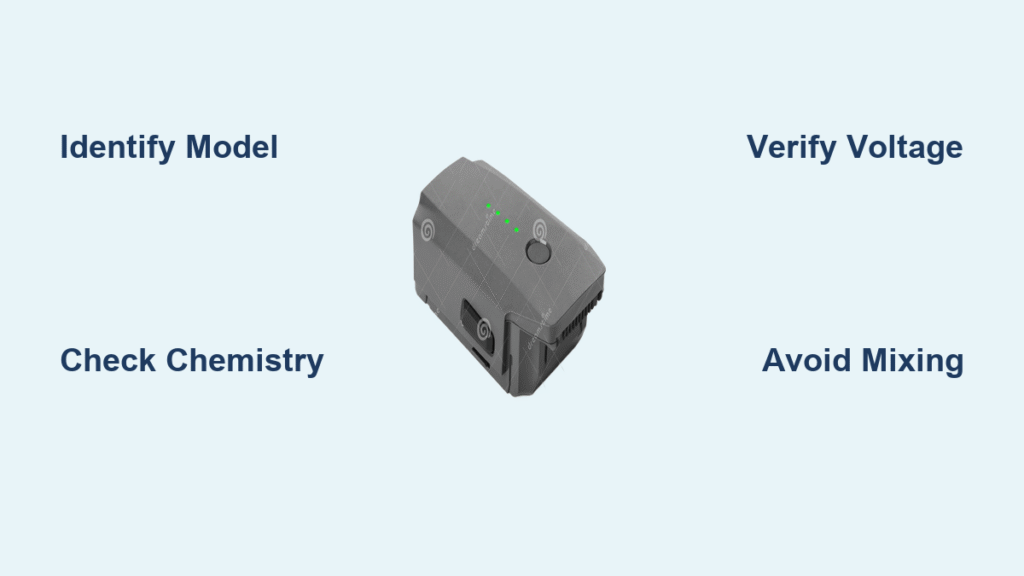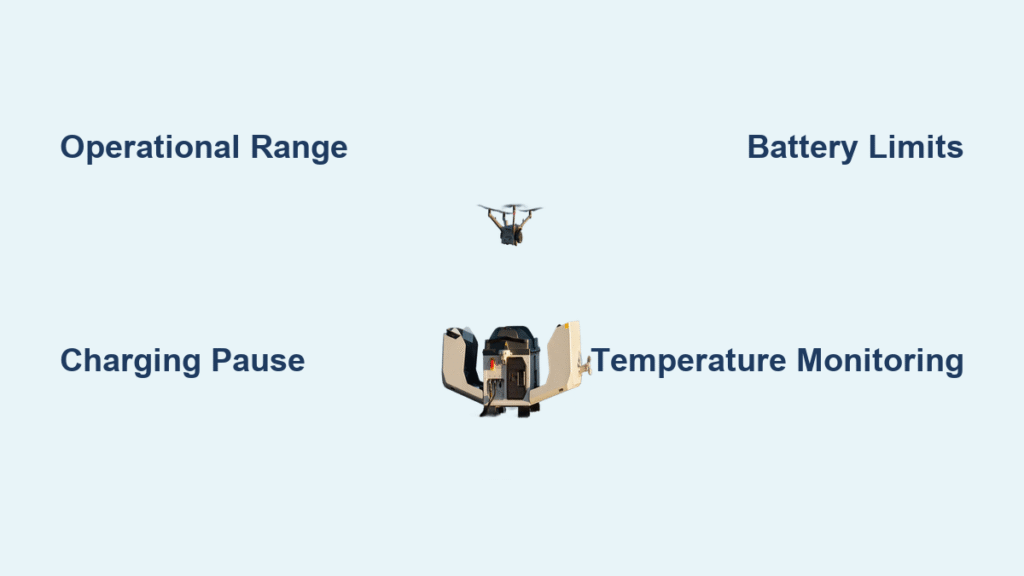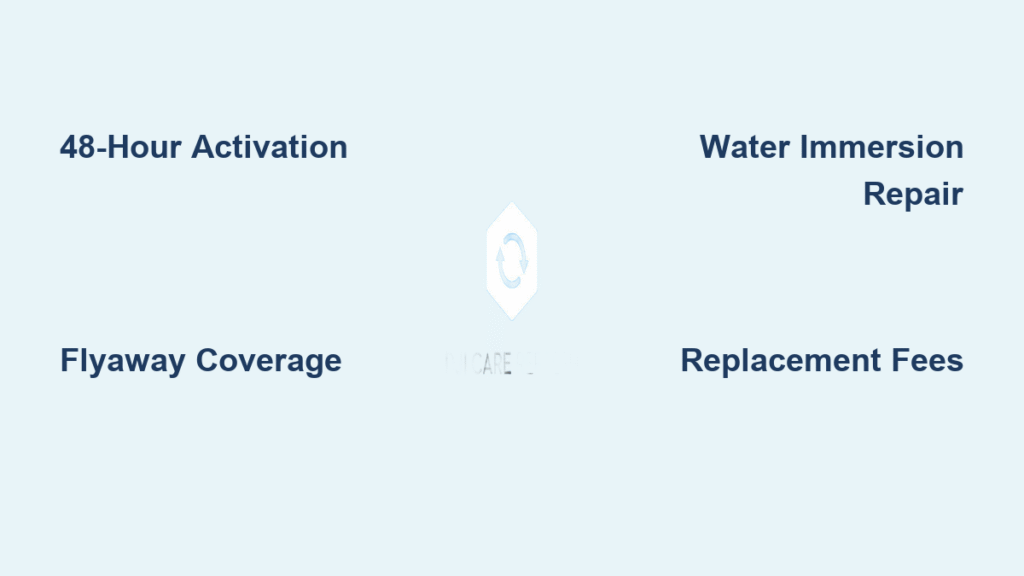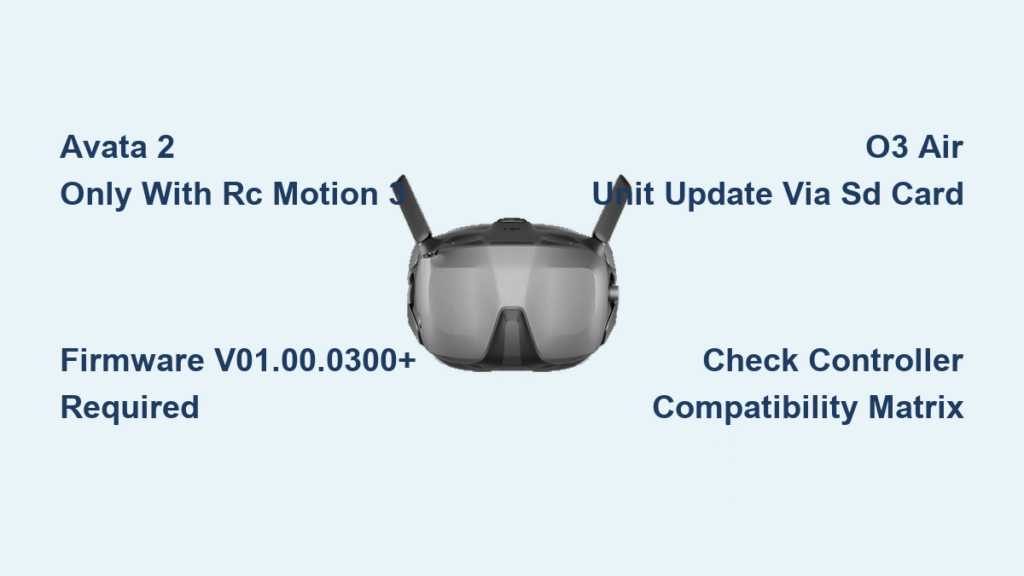Your DJI drone’s performance lives and dies by its battery type. Whether you’re troubleshooting charging issues, planning to buy spares, or simply want to avoid costly mistakes, identifying the exact battery for your specific drone model is non-negotiable. Different DJI series use completely incompatible battery technologies—slip up and you could face poor performance, safety hazards, or even permanent damage to your drone.
This guide cuts through the confusion with precise specifications for every major DJI drone battery type. You’ll discover why mixing batteries between models is dangerous, how to identify your exact battery type, and insider tips to maximize flight time while avoiding common pitfalls that drain battery life.
DJI Neo Battery Type Explained
The DJI Neo relies on a specialized lithium-ion battery engineered for ultra-lightweight performance. This Intelligent Flight Battery delivers 18 minutes of flight time through sophisticated power management while maintaining a featherlight profile.
Neo Battery Specifications
- Capacity: 1435 mAh at 7.3 V nominal
- Battery Chemistry: Li-ion (Lithium-ion)
- Weight: Just 45 grams
- Energy Density: 10.5 Wh total capacity
- Charging Range: 5°C to 40°C operating temperature
Neo Charging Requirements
The Neo battery reaches a maximum voltage of 8.6 V during charging and supports at least 20 consecutive palm takeoff and landing excursions per charge. Test conditions show 18 minutes of flight time during forward flight at 2 m/s in windless laboratory conditions at 20 meters above sea level.
Critical Warning: Never attempt to use any other DJI battery with the Neo. Its exclusive Li-ion chemistry and physical dimensions prevent cross-compatibility with other drone series.
Mavic Series Battery Types
Mavic drones employ sophisticated LiPo (Lithium Polymer) batteries across different cell configurations. Each generation introduces improved energy density while maintaining strict compatibility standards you must follow.
Mavic 3 Battery Technology
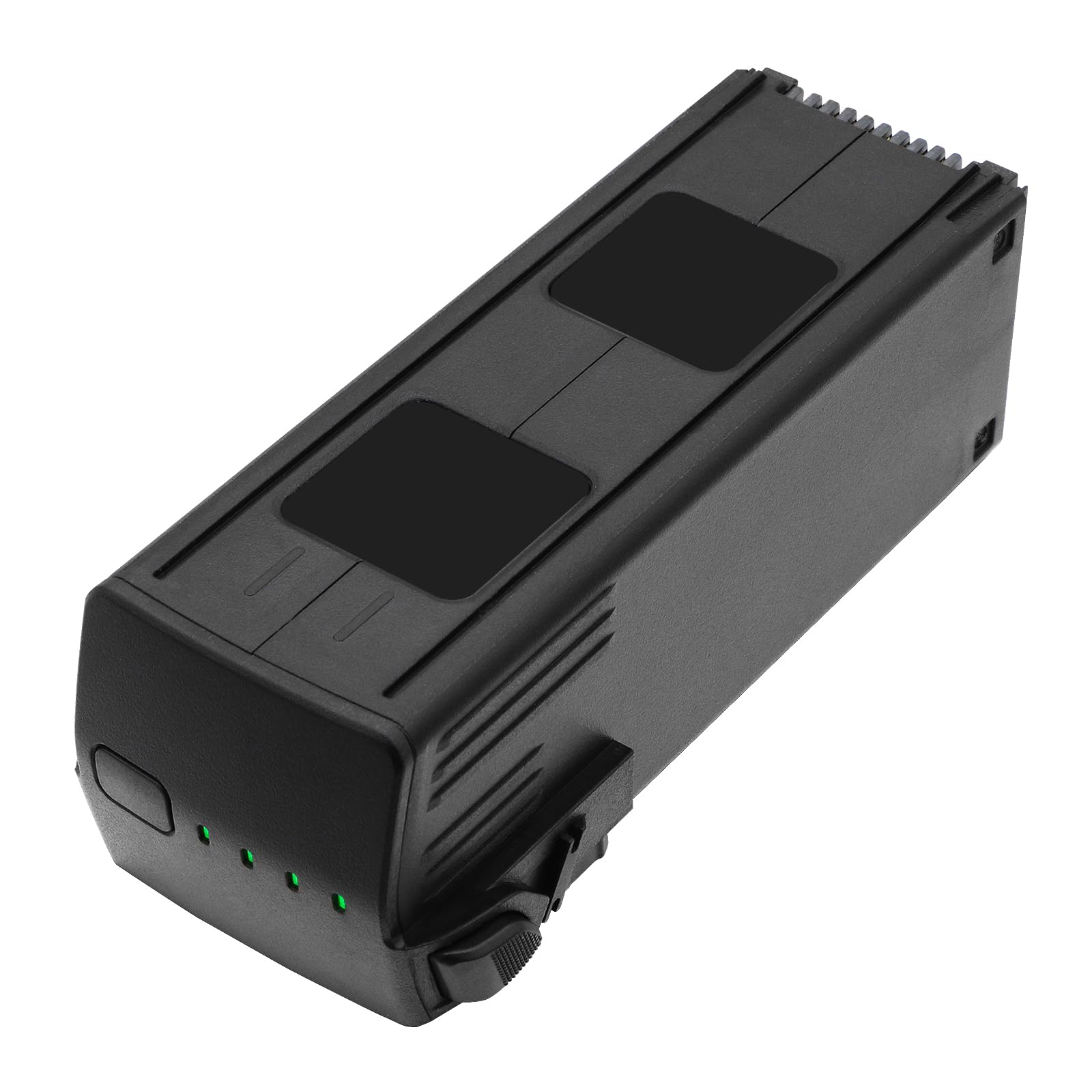
The BWX260-5000-15.4 model represents DJI’s premium battery design. This LiPo 4S configuration uses four cells in series to achieve 15.4 volts nominal.
Flight Reality Check:
– Mavic 3: 46 minutes maximum (32.4 kph constant flight)
– Mavic 3 Pro: 43 minutes maximum (32.4 kph constant flight)
– Enterprise Models: Same battery with enhanced firmware
Compatibility Matrix:
– Mavic 3 / 3 Cine
– Mavic 3 Classic
– Mavic 3 Pro / Pro Cine
– Mavic 3 Enterprise series
– Mavic 3M Multispectral
Mavic 2 Battery Differences
Mavic 2 series uses Intelligent Flight Battery (IFB) technology distinct from Mavic 3. These batteries are not cross-compatible due to voltage and connector differences.
Key Distinction: Mavic 2 Enterprise variants use IFR (Intelligent Flight Battery – Rugged) with IP43 weather resistance versus standard IFB models. Never substitute between these versions—doing so risks communication errors and power failures mid-flight.
Mini Series Battery Guide
DJI Mini drones balance flight time with strict weight limits for regulatory compliance. The Mini 2 exemplifies this engineering challenge with its precisely calibrated battery.
Mini 2 Battery Deep Dive
Model: BWX161-2250-7.7 represents a LiPo 2S configuration optimized for sub-250g drone weight.
Technical Breakdown:
– 2250 mAh capacity at 7.7 V nominal
– Maximum charging power: 29 W
– Charging voltage limit: 8.8 V
– Built-in: DJI Intelligent Battery Management System
Cross-Compatibility: This battery works across Mini 2, Mini 2 SE, Mini 4K, and Mini SE models, but not original Mavic Mini. Attempting to use Mini 2 batteries in older Mini models risks voltage mismatch and potential damage.
Flight Reality: While rated for 31 minutes, real-world conditions typically deliver 25-28 minutes of actual flight time.
Air and Enterprise Battery Systems
Air Series Evolution

– Original Mavic Air: Standard IFB with 31-minute rating
– Air 2 / Air 2S: Upgraded IFB with 34-minute capacity
– Air 3: New IFB design with dual-battery system for 46 minutes total
Enterprise Drone Batteries
Enterprise drones demand reliability and weather resistance beyond consumer models.
TB Series Industrial Batteries:
– TB50: Powers Inspire 2 and Matrice 200 series
– TB55: Designed for Matrice 300 RTK with extended range
– TB60: Latest generation for Matrice 300/350 RTK
– TB65: Next-gen chemistry for Matrice 350 RTK
Critical Difference: Enterprise batteries include IP43 weather resistance ratings and advanced self-heating for cold weather operations—features completely absent in consumer batteries.
Phantom and Inspire Battery Types
Phantom 4 Battery Options
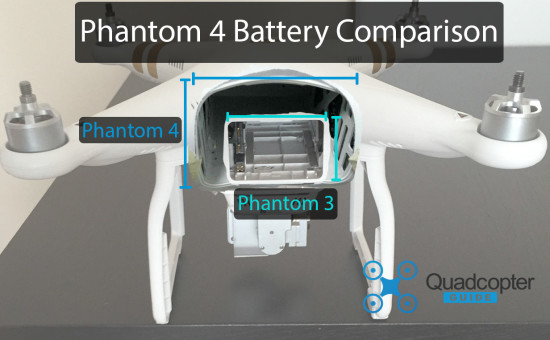
Phantom 4 series uses PH4 standard batteries with PH4HC high-capacity variants. These LiPo 4S batteries deliver consistent power for professional photography but are incompatible with newer Mavic series.
Inspire Series Progression
Evolution Timeline:
– TB47/TB48: Original Inspire 1 series (4500-5700 mAh)
– TB50: Inspire 2 with improved chemistry (4280 mAh)
– TB51: Latest Inspire 3 with enhanced weather sealing (4280 mAh)
Compatibility Warning: While TB50 batteries physically fit Inspire 2 and Matrice 200 series, firmware differences may prevent full functionality—always use the battery version specifically designed for your drone model.
Battery Technology Deep Dive
Li-ion vs LiPo Differences
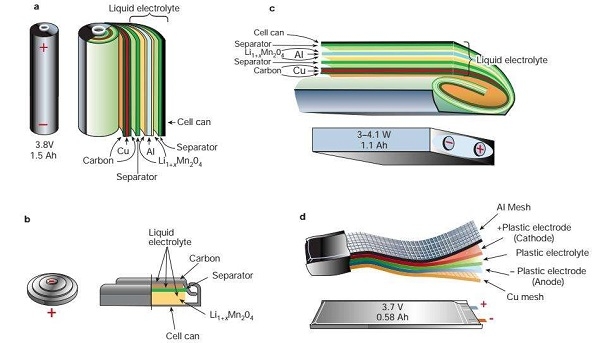
Li-ion (Lithium-ion):
– Used exclusively in: DJI Neo
– Advantages: Lightweight, high energy density
– Trade-offs: Lower discharge rates make it unsuitable for high-performance drones
LiPo (Lithium Polymer):
– Used in: Mavic, Mini, Air series
– Advantages: High discharge rates, flexible shapes
– Trade-offs: Slightly heavier per watt-hour but essential for drone performance
2S vs 4S Configurations
- 2S: Two cells in series (7.4V nominal) – Mini series
- 4S: Four cells in series (14.8V nominal) – Mavic/Phantom series
- 6S: Six cells in series (22.2V nominal) – Enterprise series
Critical Insight: Never mix battery configurations—using a 4S battery in a 2S drone (or vice versa) will cause immediate damage to both the battery and drone electronics.
Maintenance and Storage Guidelines
Proper Storage Voltage
Store all DJI batteries at 40-60% charge for long-term health. Storing batteries at full charge accelerates cell degradation and reduces overall lifespan.
Temperature Considerations
Operating Ranges:
– Charging: 5°C to 40°C for all battery types (never charge below freezing)
– Storage: -10°C to 45°C (avoid extreme temperatures)
– Flight: -10°C to 40°C (performance degrades rapidly in cold)
Pro Tip: Enterprise batteries include self-heating for sub-zero operations, while consumer batteries require warming to at least 15°C before use in cold conditions.
Buying Guide and Replacement Tips
Authentic vs Aftermarket
Always purchase OEM DJI batteries for safety and performance. Counterfeit batteries lack proper protection circuits and have caused numerous drone crashes and fires.
Price Comparison
Current Pricing (USD with free shipping):
– Neo battery: $59
– Mini 2 battery: $55
– Mavic 3 battery: $159
Replacement Indicators
Replace your DJI battery when:
– Swelling appears (any visible deformation)
– Capacity drops below 80% of original
– Charge cycles exceed 200-300 flights
– Physical damage to casing or connectors
Expert Note: DJI batteries contain smart chips that track health metrics—use the DJI Fly app to monitor battery health and receive replacement recommendations before critical failures occur.
Key Takeaway: Each DJI drone series uses specifically engineered battery types with zero cross-compatibility between major product lines. Never mix batteries between models, and prioritize authentic replacements for safety. Understanding your exact battery type prevents expensive mistakes during purchasing or troubleshooting while maximizing flight performance. Always check your drone’s manual for the precise battery model number before ordering replacements—this single step will save you from costly compatibility errors and potential drone damage.

